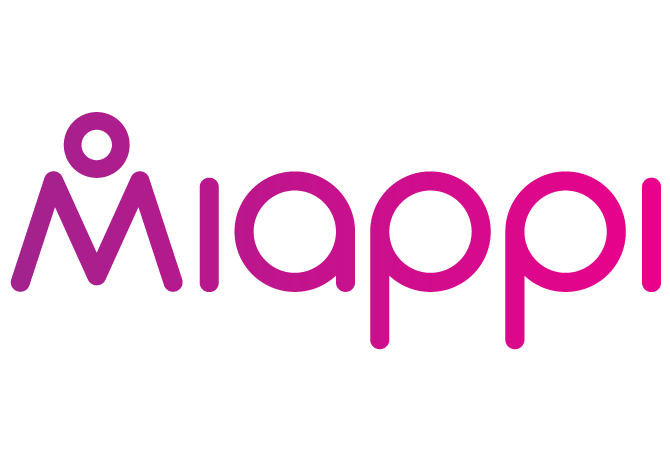Are @Mentions the New Hashtags?

The Role of Instagram Mentions in 2018
But in the recent weeks and months, social networking sites like Instagram have been placing increased emphasis on Instagram mentions and the functionality that comes with them. For example, Instagram is now allowing people to instantly repost stories that they’re mentioned in as part of their own stories.
In fact, Instagram mentions are starting to take over hashtags in terms of both the functionality that they offer and the versatility with which they’re used. This is truer now than ever before thanks to some changes that Instagram is making to its API, but we’ll get to that later in this article.
Mentions vs. Hashtags – What’s the difference?
Before we dig any deeper, it seems like a good time to talk about the difference between mentions and hashtags. It mostly comes down to the way that they’re intended to be used. Hashtags bring similar posts together, so you might use #food if you were posting a photo of a meal you made. Mentions are used to tag a specific account, so you might tag @McDonalds if you were sharing a photo of a meal that you bought from your local restaurant.
Historically, hashtags have been more public facing than @mentions because they enabled easy discovery of the types of content that people were interested in. They were like throwing your post out there to anyone who might be interested, while using an @mention was much more direct. But that’s starting to change, and learning how to see other people’s mentions on Instagram is set to become just as important as learning which hashtags work best to boost your reach amongst your target audience.
Let’s take a look at why that is.
Instagram’s API changes – April 2018
Back in April, it was announced that Facebook and Instagram would be making major changes to their APIs . API stands for “application programming interface”, and it’s basically a term which refers to a universal set of standards that allow third-parties to access a company’s database. When you log into a website using Facebook, that’s made possible by Facebook’s API.
These new API changes are ostensibly to protect users’ privacy and so perhaps it’s no surprise that they came at the same time that many people were rushing to bring their companies into full compliance with the European Union’s new General Data Protection Regulations (GDPR). Privacy is arguably more important today than ever before, which is why social networking sites are taking action.
But the issue with the Instagram API change is that it will limit access hashtags, effectively preventing third party platforms and applications from collecting Instagram hashtags. In other words, if you’re using a third-party platform to collect or monitor hashtags, it will stop working at the end of 2018. Luckily, @mentions won’t be affected.
What these API changes on Instagram mean?
The API changes on Instagram limit how much content a third-party tool can collect from the network, which means that hashtag tracking tools will no longer work. The collection of this content will be completely discontinued in December, which means that if you’re using hashtags to gather, interpret and display Instagram content then you’re out of luck.
The good news is that while the ability to track hashtags is going away Instagram has introduced their new Graph API which allows third-party platforms to collect @mentions. This means brands will still be able to use platforms like Miappi to track Instagram mentions in the same way they’re currently tracking hashtags….and there are arguments to suggest this new way of doing things will result in brands discovering more relevant content from highly brand-engaged consumers.
Example:
Let’s say that you run a restaurant. With the new @mentions API end-point you can now employ a third-party platform to search for every post that directly mentions your restaurant. You can then use the same platform to curate the best content, seek consent from the content owner and then display that content on your marketing channels. From December 11, 2018 this will be the best option available to any marketer who wants to continue to collect user-generated content from Instagram.
How to track all mentions on Instagram?
If you’re wondering how to track who mentioned you on Instagram there’s a simple answer – start using a platform that can instantly collect and curate Instagram mentions.
Apps like these, which allow you to search Instagram mentions and hashtags and display the results, have been available for years. The challenge now though will be for brands to refocus consumers on using @mentions as well as hashtags.
A number of platforms have already incorporated the collection of @mentions into their feature set. Miappi for example, lets brands collect any piece of content that @mentions a brand. And hashtags (yes, remember those?) can still play their part. If a post @mentioning the brand also includes hashtags Miappi can use use those hashtags to automatically send content to different campaign folders – very useful if you have a brand running different campaigns in different markets for example.
Why you need an Instagram mention app?
Simply put, @mentions will become the new normal when it comes to collecting UGC from Instagram. Hashtag access will disappear and @mentions will become the new way for brands to get that all important ‘social proof’ from consumers. That’s not necessarily a bad thing, it’s just a new thing, and like everything in the world of social media, consumers, brands and third-party tech platforms will adapt.
So if you want to stay up-to-date with the latest news on Instagram and its API, be sure to give us a follow on our social networking profiles and to check back often for further updates. We’re keeping an eye on it so that you don’t have to, and if there’s any news then we’ll be the first to let you know.



